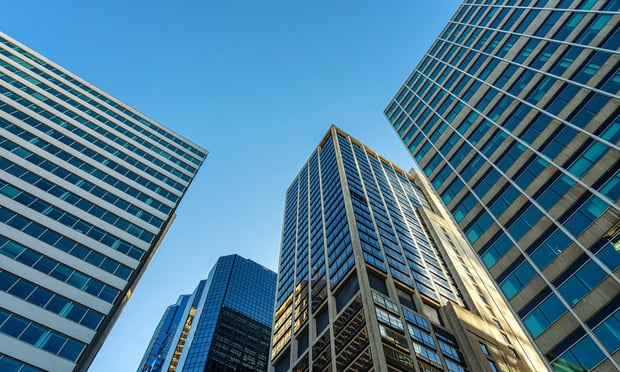Mall and big-box developments account for two-thirds of 2.3 million sf of that new space, according to a new study by the Orlando office of Grubb & Ellis Co. First-quarter vacancies are at 6.9%, fractionally up from 6.4% for all of 2000.
"Despite the slowing economy and rising fears of additional layoffs, Central Florida's retail market is faring well," Jeffrey S. Sweeney, managing director, Grubb & Ellis, Orlando, tells GlobeSt.com.
Sweeney banks his optimism on a report from the University of Florida's Long-Term Economic Forecast office that projects 35,000 new residents are arriving annually in metro Orlando and 800,000 visitors march into the area each week.
"Because of this trend, big box and outparcel retailers are moving forward with expansion plans" in Central Florida, Sweeney says, while at the same time this market segment is pulling back in several parts of the country, according to other regional brokerage reports.
Restaurants, drug stores and freestanding retail establishments continue to compete for outparcel locations near large shopping districts or major intersections. Sites around West Oaks Mall, Oviedo Marketplace, Seminole Towne Center and Waterford Lakes Town Center are seeing the most activity, Sweeney says.
Neighborhood shopping centers and free-standing retail structures are showing the strongest net absorption numbers with neighborhood at 140,158 sf and free-standing at 106,350 sf in the first quarter. Community centers leased 25,623 sf of previously vacant space while super-regional malls did 19,100 sf of new tenant leases.
Pulling down the net absorption figure were specialty/theme centers with a negative 80,000 sf; outlet centers, negative 45,736 sf; power centers, negative 14,152 sf; strip centers, negative 1,090 sf; and urban retail, negative 930 sf.
Big box and supercenter retailers such as Wal-Mart (six stores), Home Depot (three stores) Lowe's (five stores) and BJs Wholesale Club (three stores) each have several stores planned in newly developing suburbs for 2001 and 2002.
Major shopping centers under construction, planned or expanding are Florida Mall, 2.2 million sf to be completed in 2002; Mall at Millenia, 1.3 million sf, planned opening 2002; Festival Bay, 1.1 milion sf in phases beginning 2002; Osceola Crossings, a power center, 500,000 sf Millenia Plaza, power center, 700,000 sf; and the Cascades at Isleworth, a community center, 241,367 sf.
Rents are climbing with increases ranging from 12% to 28% over the past year, according to the Grubb & Ellis analysis. The average asking rent in 12 surveyed submarkets is $20.12 per sf with the Southwest submarket demanding the highest rents.
For example, tourist retail is getting an average $38 per sf; regional malls, $28 per sf; community centers, $19 per sf; power centers, $18 per sf; and neighborhood centers, $11 per sf.
Asking rents at specialty/theme centers are $48.28 per sf; urban retail, $29.73 per sf; super-regional malls, $24.62 per sf; and strip centers, $23.77.
Sweeney sees a new absorption trend developing over the next several months. "Attention will be given to the movement of anchor tenants from their existing locations to new supercenter stores being constructed to replaced older facilities," the broker tells GlobeS.com.
Equally challenging to Orlando's retail development scene will be the amount of subleased space dumped on the market. With the closing of Homeplace (Waccamaw) and Uptons, an estimated 25,000 sf to 100,000 sf of old space will be available in a market where the new product is leasing much faster than the old. That could drive the vacancy factor up noticeably by the end of the third or fourth quarters.
© Touchpoint Markets, All Rights Reserved. Request academic re-use from www.copyright.com. All other uses, submit a request to [email protected]. For more inforrmation visit Asset & Logo Licensing.






